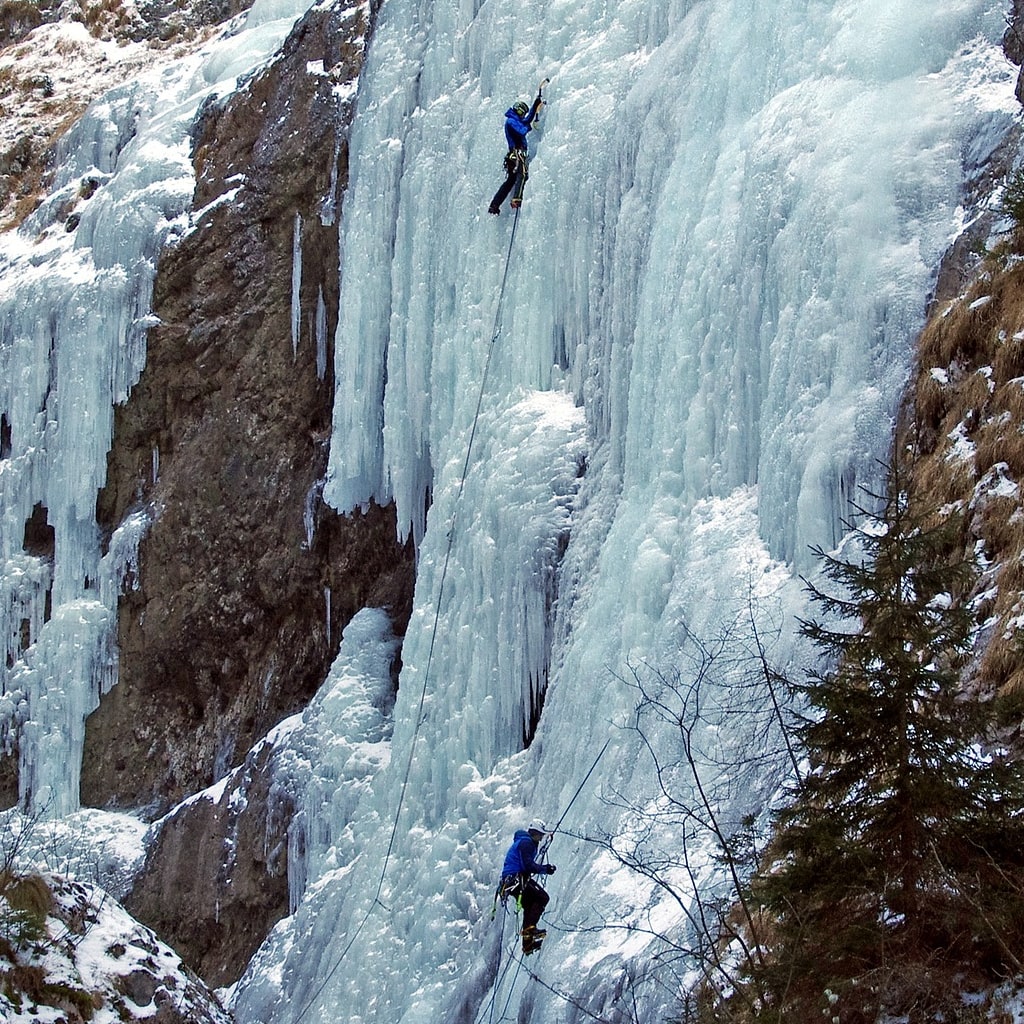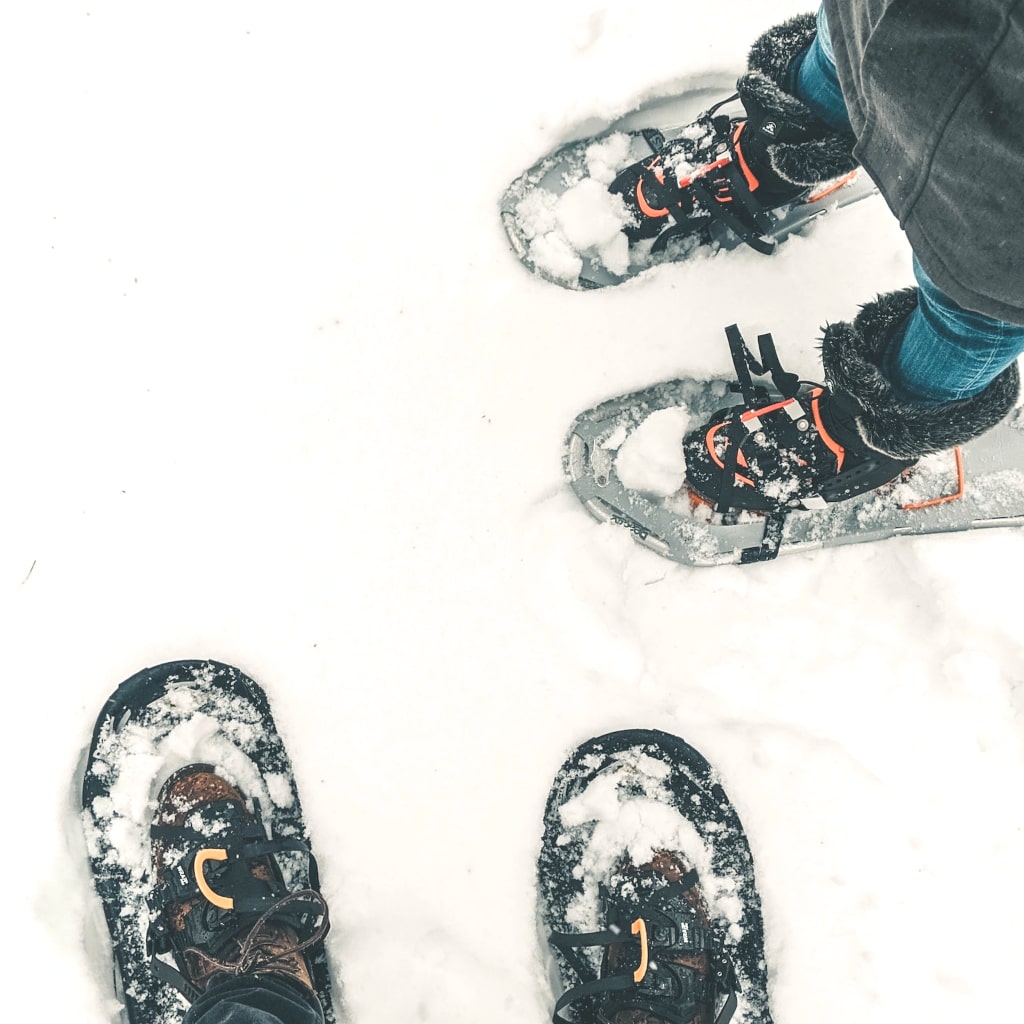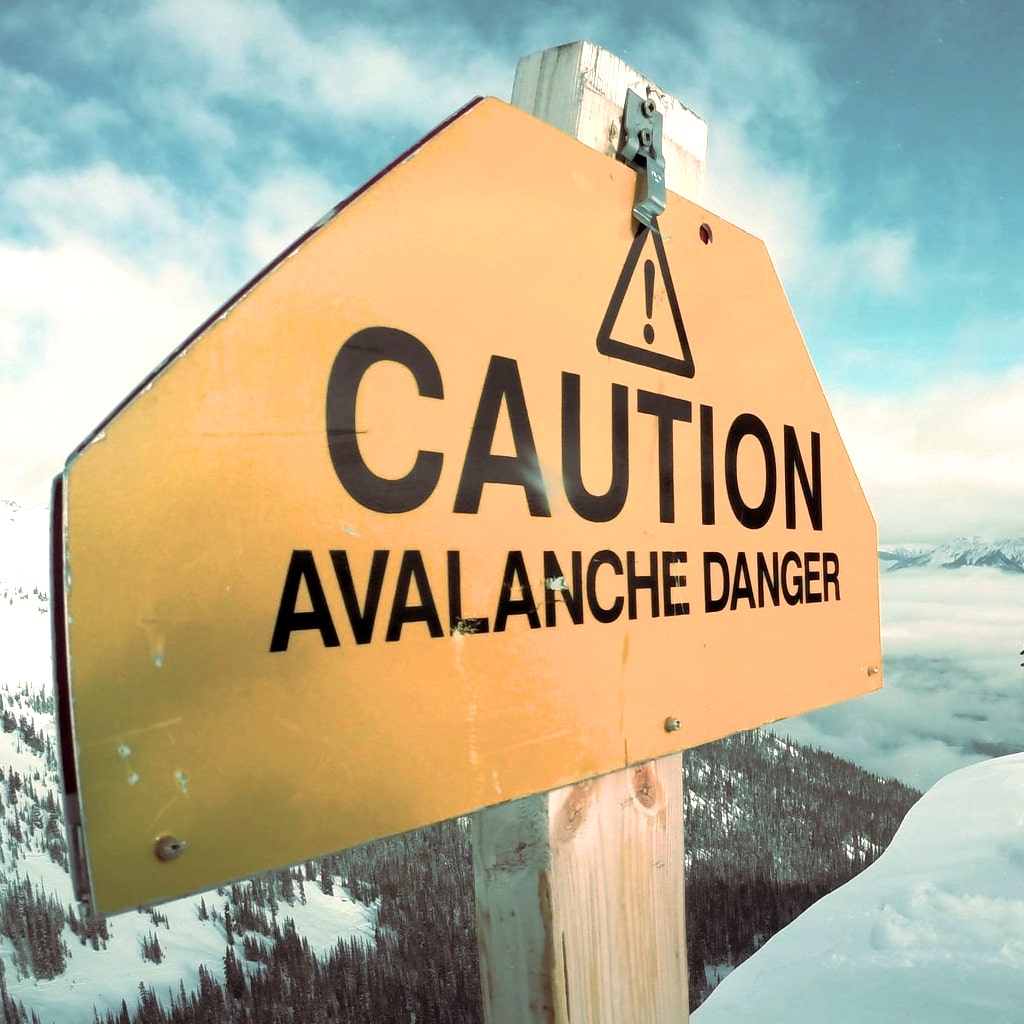Inspired for an Adventure? Check out Beef Stroganoff - Pouch and Beef Stew - Pouch
Free Ground Shipping On All Orders
Over 2,100 Reviews
Add description, images, menus and links to your mega menu
A column with no settings can be used as a spacer
Link to your collections, sales and even external links
Add up to five columns
Add description, images, menus and links to your mega menu
A column with no settings can be used as a spacer
Link to your collections, sales and even external links
Add up to five columns


Tracing its origins to the icier traverses of alpine mountaineering, ice climbing has become increasingly popular as its own standalone sport. Now, it’s pursued not only up in the remote glacier-swaddled heights but also in easily accessible, low-elevation frontcountry locales.
No question, the activity can seem mighty intimidating to a newbie, not least when the ice climbing under consideration goes down on vertical or even overhanging frozen waterfalls and cliff faces. However, just about anybody of a certain level of physical fitness can dabble in ice climbing, so long as they have the right gear—and the right teacher. It’s actually easier than it looks.
And the enticements are real! Ice climbing gives rock climbers a whole new playground during the winter, and meanwhile the up-close-and-personal scaling of sometimes spectacularly sculptured frozen faces offers its own completely singular experience.

What follows is by no means a detailed guide to the ins-and-outs of beginner ice climbing—there are entire books devoted to that subject, after all, and even such specialized references as those can’t replace the tutelage of in situ instruction from an expert. Instead, in this article, we’ll just be spelling out some of the basics of how to get into ice climbing—an inspirational-type post, in other words.
Essential Skills
Ice climbing can roughly be broken up between alpine ice climbing, which encompasses the icefalls, glazed-over couloirs, and other hard frozen obstacles mountaineers negotiate en route to a summit, and water-ice climbing, which involves “purer” formations of frozen water, as you might find along a winter waterfall or seepage cliff. There’s definitely overlap between alpine and water ice, but in terms of the experience, the latter is its own specific wintertime activity that plays out in many more accessible sites. It probably goes without saying that water-ice climbing is the most beginner-friendly option.
It’s also worth noting that a lot of ice climbers end up tackling mixed routes involving bare-rock sections that require so-called “dry tooling”: rock-climbing using crampons and ice tools. That’s not the purview of most beginners, though.
Ice climbing demands specialized gear—more on that in the next section—and techniques that range from the same kind of alpine-climbing maneuvers used to traverse hard snow to the classic vertical “front-pointing” with each overhead hand wielding an ice tool. This is top-roping or on-lead climbing using belaying and protection.
Part of the challenge of ice climbing—and a big part of the pleasure—stems from the changeability and diversity of water-ice formations depending on topographic context, weather conditions (such as freeze-thaw cycles), and other factors. From ice pillars and curtains to “cauliflower ice,” these ephemeral seasonal structures come in all kinds of shapes, patterns, textures, and consistencies.
The standard grading system for water-ice climbs runs from WI1 to WI7. Obviously, a beginner is going to be tackling a low-grade ice climb under the watchful instruction of an experienced guide or teacher.
Necessary Gear
Ice climbing requires a lot of gear, some of it very specialized. If you’re new to the sport and are just giving it an exploratory try, it’s best to rent ice-climbing gear rather than purchase it outright. That can be a pricey investment in something you’re not sure you’ll continue doing!
Although alpine ice climbers will often have an ice axe in their arsenal, the main implement used in ice climbing is the ice tool, which has a shorter shaft than a standard ice axe to boost control and accuracy and reduce muscle fatigue. Ice tools can feature curved or recurved picks (with recurved being the standard choice for waterfall ice). Additionally, opposite the pick, they may have an adze (a tool similar to an axe) for tasks like chopping steps, creating belay footholds, clearing protection points, or a hammerhead for driving in protection.

Crampons are essential for ice climbing, with the number and orientation of the front and second points varying depending on the kind of climbing and ice conditions. Step-in rigid or semi-rigid crampons work best for waterfall ice.
Other essential ice-climbing gear includes a helmet, harness, rope, and ice screws and hooks.
As far as ice-climbing clothing goes, layering is key, allowing you to manage thermoregulation across the different levels of physical activity involved. (You want to be able to bundle up for belaying, for example, and avoid overheating while hauling yourself up the ice face.) Along with moisture-wicking base layers and insulating mid-layers, you’ll need water- and windproof shell layers to deal with the elements. Some ice climbers opt for one-piece suits. You want outerwear that doesn’t restrict your range of movement, as you’ll be swinging your arms above your head.
Gloves and glove liners, leg and neck gaiters, a warm hat, and sunglasses or goggles should be other parts of your getup. In terms of footwear, leather or plastic mountaineering boots that are crampon-compatible are a good choice.
Training & Preparation
Ice climbing is a physically demanding sport, and there’s much you can do at home or at the gym to prepare for those rigors. As this REI article details, pull-ups and dead hangs with your ice tools anchored on a pull-up bar or other secure surface are among the useful exercises for getting in shape for ice climbing.

Some familiarity with basic rock-climbing skills certainly comes in handy when you’re trying ice climbing for the first time, but it’s not a prerequisite. With the proper training and equipment, people who’ve never rock-climbed before can definitely learn the ropes of the ice.
Choosing Locations & Seasons
You need a source of water and sufficient cold for an ice-climbing location. Good potential setups abound, from waterfalls and “weeping walls” to steep chutes and glazed rock faces. But there are also an increasing number of ice parks that create and maintain their own ice pitches, and those are fantastic choices for beginners.
In terms of natural ice climbs, resources abound—from websites and online forums to outdoor retailers, climbing gyms, and guiding outfitters—for tracking down good newbie-friendly spots.
The timing of ice formation and the condition of the ice—thick or thin, brittle or sturdy—depend on a range of weather factors. You may need to wait until midwinter for good ice to form at lower elevations, while higher up in the mountains, you might find it in the fall, well before lasting snows hit.
Getting Started: Steps to Begin Ice Climbing
Ice climbing is definitely not something you want to explore for the first time on your own or even with a group of interested folks. You need an instructor, formal or not, who’s well-versed in the activity.
Fortunately, it’s usually easy to track down such an authority. Climbing guides all over the country lead ice-climbing courses. Climbing gyms and climbing clubs can help you find a skilled ice climber willing to teach you one-on-one.
Ice climbing festivals, such as the Ouray Ice Festival in Colorado and the Mount Washington Valley Ice Fest in New Hampshire, are an excellent opportunity, with climbing clinics and plenty of information-sharing to offer.
As with any outdoor pursuit, solid instruction and plenty of practice will assist you in progressing to increasingly challenging ice climbs: taller, steeper, more remote, and more complex.
Ice Climbing Safety
Ice climbing can, like any other form of climbing, be dangerous. Falling ice and rocks are real hazards. Many ice-climbing settings, such as couloirs and other gullies, are also highly avalanche-prone. Exposure to the cold and wet that define a lot of ice climbs brings the threat of frostbite and hypothermia.

Never ice climb alone!
Bring Mountain House on Ice Climbing Adventures!
Take a course or clinic in ice climbing or apprentice under an experienced buddy, and there’s a good chance you’ll fall under the spell of this thrilling form of winter (and alpine) recreation.
And you know what makes an ice-climbing outing even better? A Mountain House meal, of course! Check out our collection of freeze-dried meals ideal for mountaineering.

15 Best Places To Go Snowshoeing in North America This Winter

North American Snow Climates: Detecting Avalanche Snowpack Conditions


Stay Hungry for Adventure
Sign Up for Delicious Outdoor Meals & Exclusive Offers!
By clicking ‘Join Now’, I agree to the Terms of Service and Privacy Policy.


Join the adventure
©2025 Mountain House — All Rights Reserved.
Your Cart is Empty
Continue ShoppingYour Cart
Subtotal
$0.00
EXPRESS PAYMENT METHODS AVAILABLE IN CHECKOUT
Taxes and Shipping Calculated at Checkout
Your ExpertVoice deal.
$[Deal Price]
$[Original Price]
Discount applied at checkout.
On sale now — lower than your ExpertVoice discount.
Not eligible for ExpertVoice discount.














